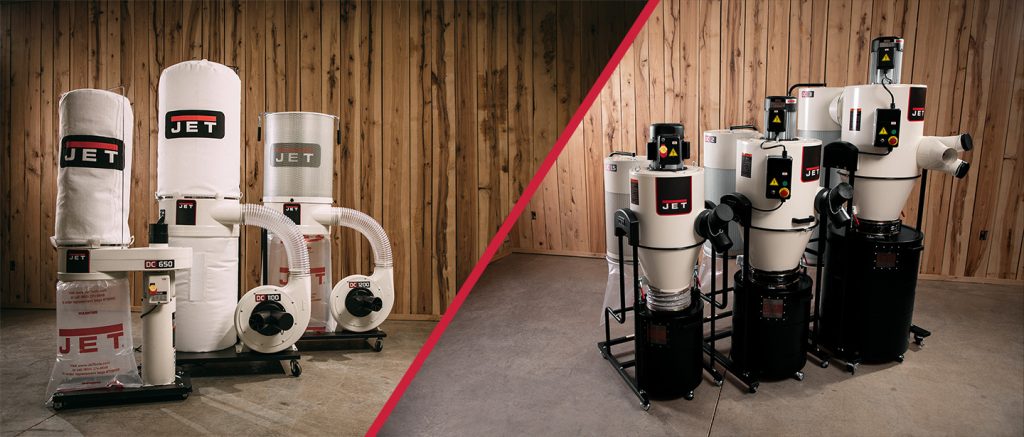Cleanrooms are critical environments in high-precision manufacturing, where even the smallest contaminants can compromise the quality and functionality of products. Industries such as pharmaceuticals, semiconductors, aerospace, and biotechnology heavily rely on cleanrooms to maintain stringent cleanliness standards. In these controlled environments, dust collectors play a pivotal role in ensuring the air remains free of particles, thereby supporting cleanroom standards and protecting sensitive manufacturing processes.
The Importance of Cleanroom Standards
Cleanrooms are classified based on the number and size of particles permitted per volume of air, as defined by standards such as ISO 14644-1 and the Federal Standard 209E. For instance, an ISO Class 1 cleanroom allows no more than 10 particles per cubic meter of air, while an ISO Class 9 cleanroom can have up to 35 million particles per cubic meter. These stringent standards are crucial for preventing contamination that could lead to defects in high-precision products at www.tysum.com.

The First Line of Defense
Dust collectors are essential in maintaining the air quality in cleanrooms. They operate by capturing dust, debris, and other particulate matter from the air before these contaminants can settle on surfaces or be inhaled by workers. Effective dust collection systems not only protect products and equipment but also ensure a safer working environment.
Types of Dust Collectors
Several types of dust collectors are used in cleanrooms, each suited to different applications and levels of contamination control:
Baghouse Collectors – These use fabric filter bags to capture dust particles. They are highly effective for large-scale dust collection and are often used in industrial settings where high volumes of dust are generated.
Cartridge Collectors – Featuring pleated filter cartridges, these collectors offer a larger surface area for filtration, making them suitable for capturing fine and ultra-fine particles. They are compact and efficient, ideal for cleanroom environments where space is limited.
HEPA Filter Collectors – High-Efficiency Particulate Air HEPA filters are capable of capturing 99.97% of particles as small as 0.3 microns. These are essential for maintaining the highest cleanroom standards, especially in semiconductor and pharmaceutical manufacturing.
Electrostatic Precipitators – These use an electrostatic charge to attract and capture particles from the air. They are highly efficient and can handle a wide range of particle sizes, making them versatile for various cleanroom applications.
Integration and Maintenance
Integrating dust collectors into a cleanroom requires careful planning and design to ensure they do not introduce additional contamination. This involves selecting materials and construction techniques that are compatible with cleanroom standards. For instance, using stainless steel components and ensuring all joints and seams are sealed to prevent leaks. Regular maintenance and monitoring of dust collection systems are also crucial. Filters must be inspected and replaced periodically to maintain their efficiency. Automated monitoring systems can help track the performance of dust collectors, alerting maintenance personnel to potential issues before they lead to contamination.
In high-precision manufacturing, maintaining cleanroom standards is non-negotiable. Dust collectors are a critical component of cleanroom infrastructure, ensuring that the air remains free of harmful particles. By selecting the right type of dust collection system design, integrating it properly, and maintaining it diligently, manufacturers can protect their products, equipment, and personnel from the adverse effects of contamination.
